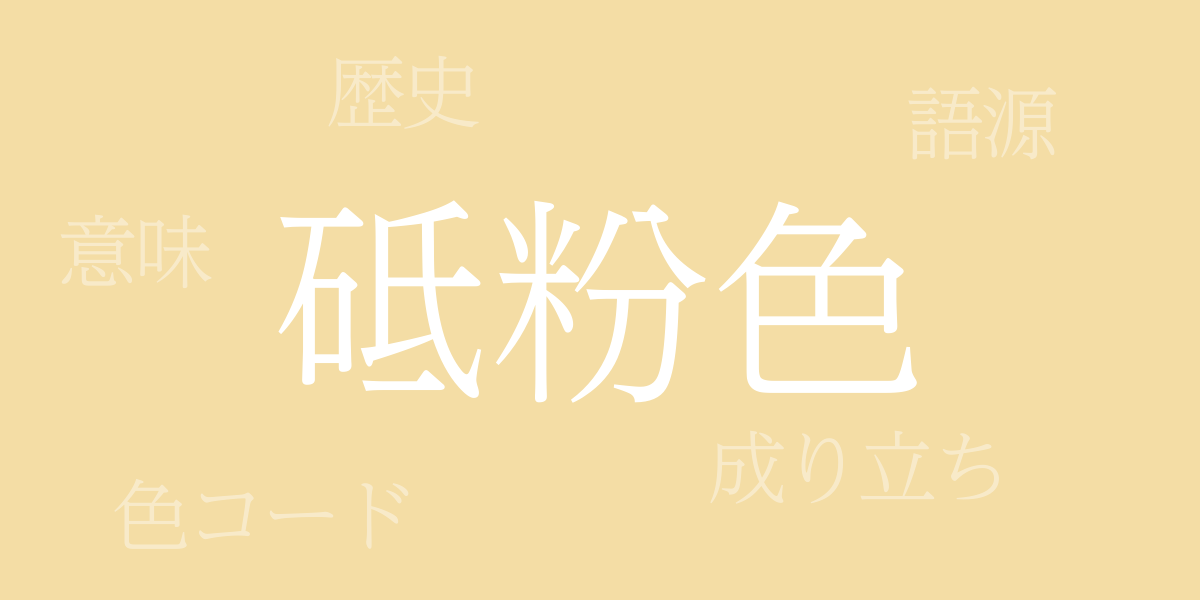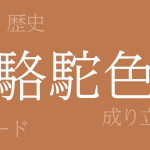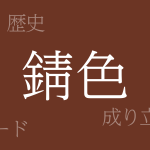Japanese traditional colors, deeply rooted in the nation’s unique nature and culture, captivate with their distinctive charm. Among these, ‘Tonoko Color’ (砥粉色 – とのこいろ), known for its delicate and profound hues, symbolizes Japanese tradition and aesthetic. This article explores the enchanting world of Tonoko Color, delving into its allure, historical significance, and modern applications.
About Tonoko Color (砥粉色 – とのこいろ)
Tonoko Color is a subdued reddish-beige, a classic among Japanese traditional colors. Its name derives from the powder produced when grinding ‘whetstones’ (砥石 – といし), which resembles the color of this distinctive hue. Its earthy, warm tones, reminiscent of natural soil, are favored in a wide range of applications from kimonos to interiors, evoking a traditional Japanese aesthetic.
The History of Tonoko Color
Tonoko Color has been used in Japan since ancient times, particularly treasured during the Heian period by the aristocracy. It continued to be popular in the Edo period among the townspeople and can be seen in various cultural assets and crafts. Over time, the shade has subtly evolved, creating numerous variations, yet the name Tonoko Color has endured.
Tonoko Color Codes
Accurate reproduction of Tonoko Color in digital design and web development requires specific color codes. Below are the color codes for Tonoko Color:
- HEX: #F4DDA5
- RGB: R:244 G:221 B:165
- CMYK: C:7 M:16 Y:41 K:0
International Name for Tonoko Color
The international names for Tonoko Color include ‘Beige Red’ and ‘Pale Chestnut.’ These names aptly describe the reddish-beige hue of Tonoko Color, suitable for expressing its unique shade in English.
Summary on Tonoko Color
Tonoko Color, a traditional Japanese color, has captivated many with its unique hue, enjoying a long history since the Heian period and remaining prized in the modern world of fashion and design. In the digital age, its color codes enable the integration of Tonoko Color into websites and graphic designs. Beloved both in Japan and internationally, Tonoko Color will continue to enchant people across cultures.

























